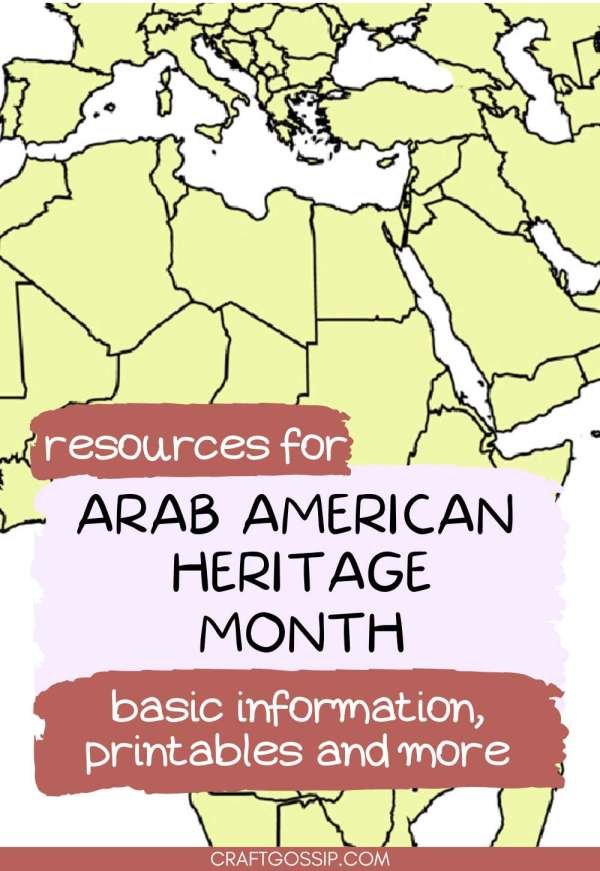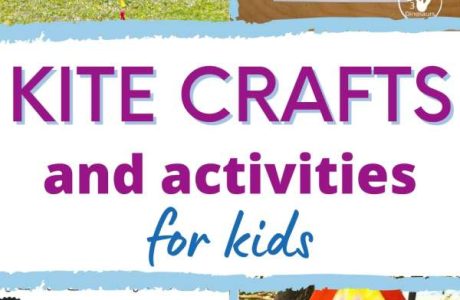 Arab American Heritage Month is celebrated in April as a way to celebrate and recognize the contributions of Arab Americans in our history and culture. The month hasn’t officially been recognized by the United States government, but many states mark the occasion, and in 2021 Joe Biden became the first U.S. president to officially recognize it. (Learn more about the efforts to have the month recognized here.)
Arab American Heritage Month is celebrated in April as a way to celebrate and recognize the contributions of Arab Americans in our history and culture. The month hasn’t officially been recognized by the United States government, but many states mark the occasion, and in 2021 Joe Biden became the first U.S. president to officially recognize it. (Learn more about the efforts to have the month recognized here.)
Because of its unofficial status it’s not as widely acknowledged as other heritage months, but it’s a great time to learn about Arab Americans and think about how they might be incorporated into our curriculum throughout the year.
(Also acknowledging all our readers are not Americans, but the general information applies and you can research the history of people of Arab descent in your own country.)
Arab American has a ton of great resources for learning about who is considered Arab, the Arabic language, art, literature, food, dance and more. From their curriculum I learned that the Arab world consists of the 22 countries that are part of the Arab League and can be divided into three regions: Maghreb (or North Africa), the Persian Gulf region and the Levant. It’s not accurate to say that all Arab people come from the Middle East, and while technically anyone born in an Arab country is Arab, not everyone in those regions sees themselves as Arab culturally.
It’s also not accurate to assume that all Arab people are Muslim, as there are Arab people who are Christian and Jewish, and many other people throughout the world who are Islamic but not Arab.
Like any other group it’s impossible to generalize about Arabs and Arab Americans, but most Arabs are united by a common language, though different dialects are used, and a common identity with Arab history and culture.
Arabs have been immigrating to the United States since the late 19th century.
Woo Jr. has some good printables to get you started, including profiles of some famous Arab Americans (Steve Jobs, Donna Shalala, Paula Abdul and Tony Shalhoub), a printable for writing what you learn about an Arab country, a crossword, word search, printable maps, flags and more.
Strategic Educational Services has a fantastic resource for teaching kids about the Arab world, immigration, famous Arab Americans, history and culture. It’s free with your email address and I highly recommend it and the resources mentioned in the post if you’re starting from scratch teaching Arab American history.
If you want to research important Arab Americans, A Crafty Arab has a list of 99 notable Arab American men to get you started.
The Arab American National Museum, a satellite of the Smithsonian, is located in Dearborn, Michigan. There’s not a lot on their website to view but it’s cool to know it exists if you’re close enough to visit.
PBS Kids has a great collection of children’s books written and illustrated by Arab Americans for you to read with your kids. Great Kid Books covers a few bilingual stories in Arabic and English.
Bazuu Creations on Etsy has a few printable sets of notable Arab Americans you can get for the classroom. This one is my favorite!





Leave a Reply